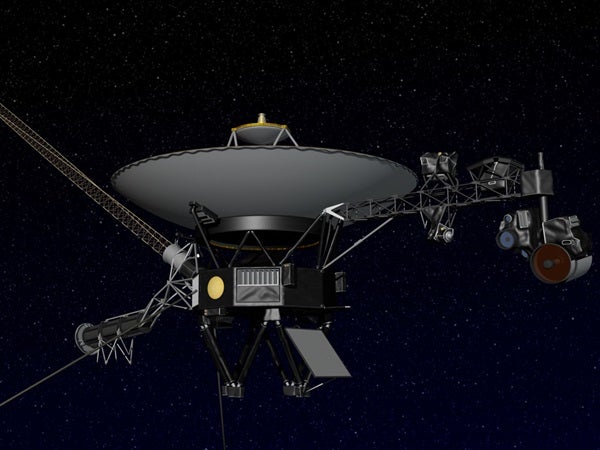So Rangers that missed the Moon — no Mariners were launched to the Moon — are lost in solar orbit. So are a host of Pioneers and Explorers and miscellaneous rocket stages and some Apollo hardware. That takes into account only some lost U.S. spacecraft. Dead Soviet spacecraft and rocket stages are scattered around the inner solar system, too, along with derelict hardware from other countries.
Incidentally, only one failed Mariner is in solar orbit. Mariner 1 (a Venus probe) and 8 (a Mars orbiter) were lost during launch and fell back to Earth. Mariner 3 (a Mars probe), on the other hand, escaped Earth, but its solar arrays became tangled in its streamlined launch shroud, so it could not make electricity. The dead spacecraft missed Mars by millions of miles.
David S. F. Portree
USGS Astrogeology Science Center
Flagstaff, Arizona
http://spaceflighthistory.blogspot.com/










